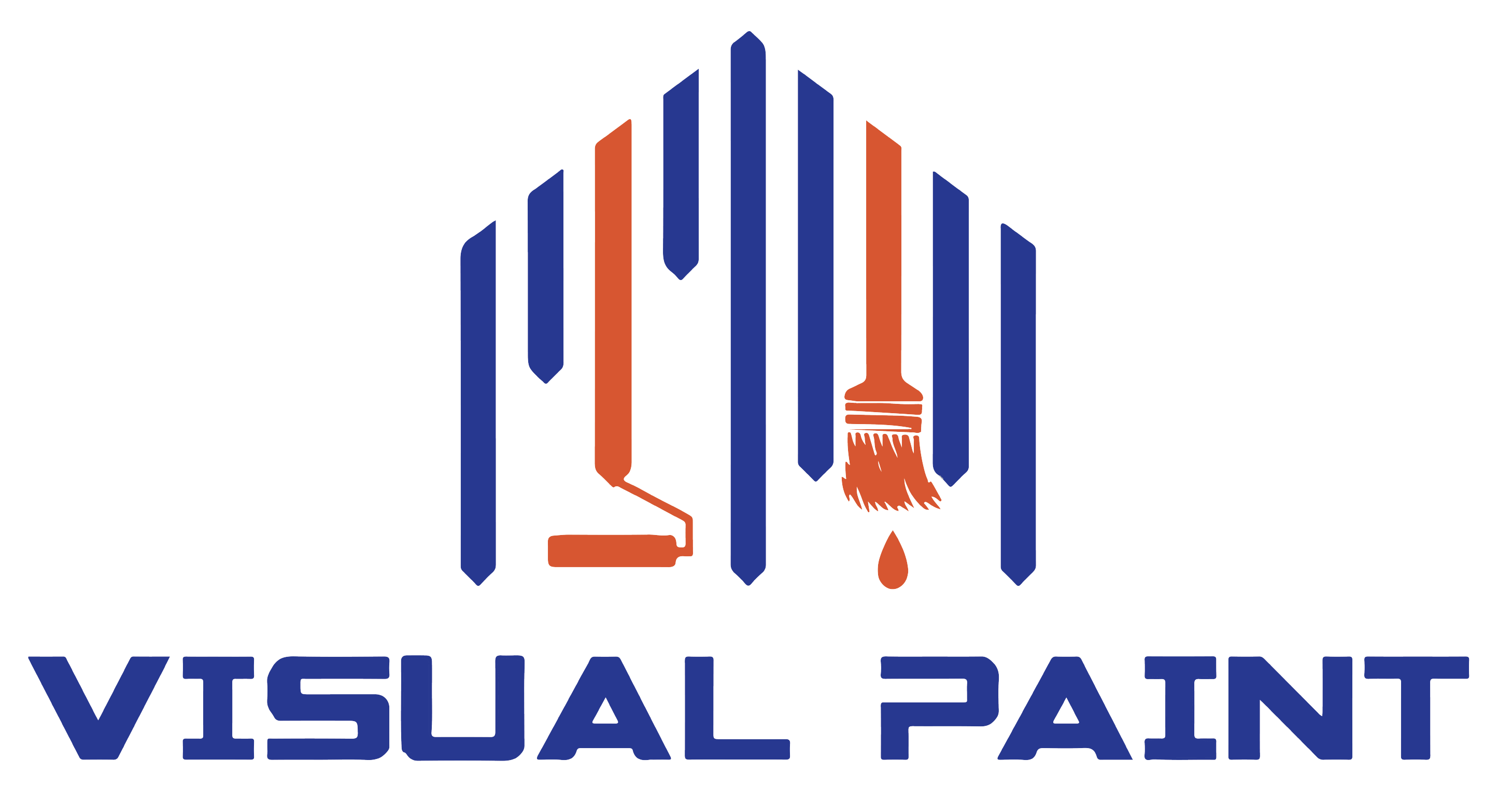How Often Should You Repaint Your Home? A Homeowner's Guide to Keeping Your Interior Fresh

Keeping your home looking fresh and inviting is important for both your comfort and your property’s value. One of the easiest and most impactful ways to achieve this is by repainting your interior.
But how do you know when it’s time for a fresh coat?
In this guide, we’ll explore the signs that indicate it’s time to repaint, how long different types of paint last, and tips for maintaining those newly painted surfaces.
Signs It’s Time for a Repaint
We’ve highlighted some clear indicators that it’s time to refresh your walls and give your home a new look.
Fading Color
If your once-vibrant walls now look dull, it might be time for a refresh. Sunlight can significantly fade paint colors, making your home feel less inviting. If you find yourself squinting at walls that used to pop, consider giving them a new look.
Chips and Cracks
Over time, walls endure wear and tear from daily life. Chips, cracks, and scrapes can accumulate, detracting from your home’s aesthetic. If you notice these blemishes, it’s a clear sign that a repaint could help restore your space.
Peeling or Bubbling Paint
This issue often points to underlying problems, such as moisture or poor application. If you see paint peeling away from the walls or bubbling up, it’s best to address it sooner rather than later. This not only impacts appearance but could lead to more serious damage if left untreated.
Stains and Marks
Life happens—kids, pets, and everyday activities can leave their mark on your walls. If stains are stubborn and won’t come off with regular cleaning, a fresh coat of paint might be the best solution.
Change in Style or Taste
As time goes on, your style and preferences may change. If you find that your walls no longer reflect your personal taste, don’t hesitate to consider a new color palette. A fresh look can completely transform your living space.
Lifespan of Different Types of Paint
Understanding how long different paint types last can help you plan your repainting schedule effectively.
Matte and Eggshell Finishes
These finishes are generally suitable for low-traffic areas like bedrooms or dining rooms. They typically last around 5 to 7 years. While they offer a beautiful, soft appearance, they can be more susceptible to stains and damage.
Satin and Semi-Gloss Finishes
Ideal for high-traffic areas like hallways or living rooms, satin and semi-gloss finishes are more durable and can last anywhere from 7 to 10 years. They’re also easier to clean, making them a great option for families.
Glossy Finishes
Used commonly in kitchens and bathrooms, glossy finishes are incredibly durable and resistant to moisture. They can last up to 10 to 15 years if properly maintained. Their shine makes them easy to wipe down, which is perfect for spaces that see a lot of activity.
Factors Affecting Paint Lifespan
Several factors can impact how long your paint job will hold up, making it essential to understand how to maximize the longevity of your interior paint. Here’s a more detailed look at what to consider:
- Humidity: High humidity levels, common in kitchens, bathrooms, or homes in damp climates, can lead to moisture buildup. Over time, this can cause paint to bubble or peel prematurely. Using paints designed for high-moisture areas, like glossy or semi-gloss finishes, can help mitigate these effects.
- Sunlight Exposure: Rooms with direct sunlight exposure tend to see faster color fading, especially if your paint isn’t UV-resistant. Opting for high-quality paints with UV protection can help slow down this process. Curtains, blinds, or UV-blocking window films can also protect your walls from harsh sunlight.
- Quality of Paint and Application: Cheaper paints might save you money upfront but often lack durability and may require more frequent touch-ups. Investing in premium-grade paints can increase longevity. Additionally, proper surface preparation—such as cleaning walls before painting and applying primer—can greatly extend the life of your paint job.
- Ventilation: Poor ventilation, especially in areas like basements or laundry rooms, can trap moisture and lead to mold or mildew growth, which can degrade paint. Ensuring proper airflow with fans or open windows will help preserve your paint.
Tips for Maintaining Freshly Painted Surfaces
Once you’ve taken the step to repaint, you’ll want to keep those surfaces looking great for as long as possible. Here are some easy maintenance tips:
Clean Regularly
Dust and grime can accumulate on your walls, dulling the paint over time. Use a soft cloth or a microfiber duster to gently wipe down surfaces. For marks or smudges, a damp sponge with mild soap can work wonders without damaging the finish.
Address Minor Damage Promptly
If you notice small chips or scratches, take care of them right away. Touching up these areas can prevent them from worsening and will help maintain the overall appearance of your walls.
Control Humidity and Temperature
Keeping your home’s environment stable can extend the life of your paint. Use dehumidifiers in damp areas and maintain a consistent temperature to minimize stress on painted surfaces.
Use Quality Paint and Supplies
Investing in high-quality paint and tools can save you time and money in the long run. Quality paints often offer better coverage and durability, meaning you may not have to repaint as frequently.
Ready for a Refresh? Let Us Help!
Keeping your home’s interior fresh doesn’t have to be a daunting task. By recognizing when it’s time to repaint, understanding the lifespan of various paint finishes, and maintaining your surfaces, you can keep your home looking beautiful for years. Whether you're looking for a subtle update or a complete transformation, Visual Paint is here to assist with expert advice and services tailored to your needs.
Contact Visual Paint today for a free quote, and let’s bring your vision to life!
